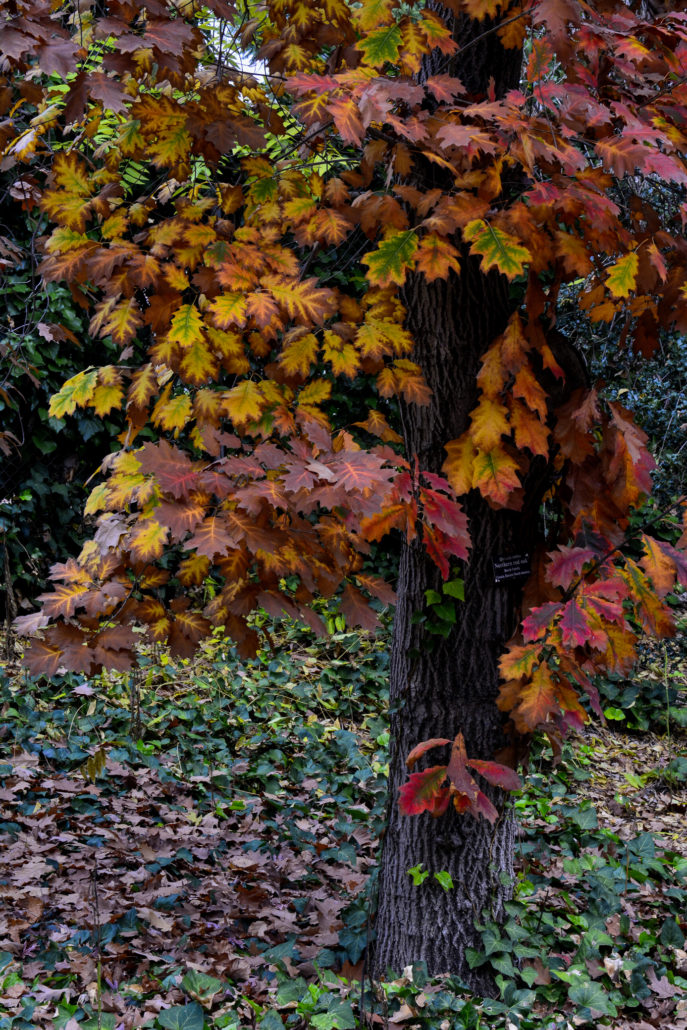Making Mushroom Merry

As the last days of 2018 are waning, mushroom hunters are making merry where winter rains have fallen.
Shasta Cascade color spotter Gabriel Leete found these fungi while foraging along the Sacramento River in Redding at the McConnell Arboretum and Gardens and in Anderson at the Anderson River Park.


Armillaria mellea, Anderson River Park (12/17/18) Gabriel Leete 
Psathyrella spp, McConnell Arboretum and Gardens, Redding (12/18/18) Gabriel Leete 
Psathyrella spp, McConnell Arboretum and Gardens, Redding (12/18/18) Gabriel Leete 
Stereum ostrea, McConnell Arboretum and Gardens, Redding (12/18/18) Gabriel Leete 
Hebeloma crustulinifrome, McConnell Arboretum and Gardens, Redding (12/18/18) Gabriel Leete 
Astraeus hygometricus, McConnell Arboretum and Gardens, Redding (12/18/18) Gabriel Leete 
Gymnopus dryophilus, McConnell Arboretum and Gardens, Redding (12/18/18) Gabriel Leete 
Crucibulum laeve, McConnell Arboretum and Gardens, Redding (12/18/18) Gabriel Leete 
McConnell Arboretum and Gardens, Redding (12/18/18) Gabriel Leete 
Gymnopus dryophilus, McConnell Arboretum and Gardens, Redding (12/18/18) Gabriel Leete 
McConnell Arboretum and Gardens, Redding (12/18/18) Gabriel Leete 
Psathyrella spp, Anderson River Park, Anderson (12/21/18) Gabriel Leete 
Stereum ostrea, Anderson River Park, Anderson (12/21/18) Gabriel Leete 
Stereum hirsutum, Anderson River Park, Anderson (12/21/18) Gabriel Leete


































































































